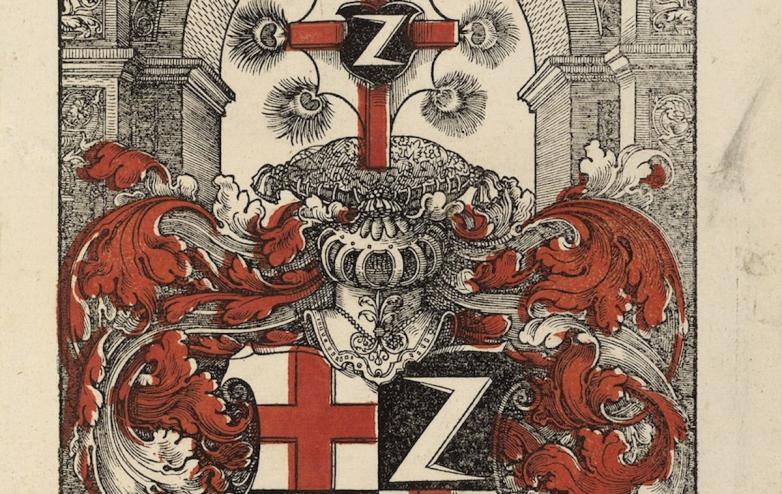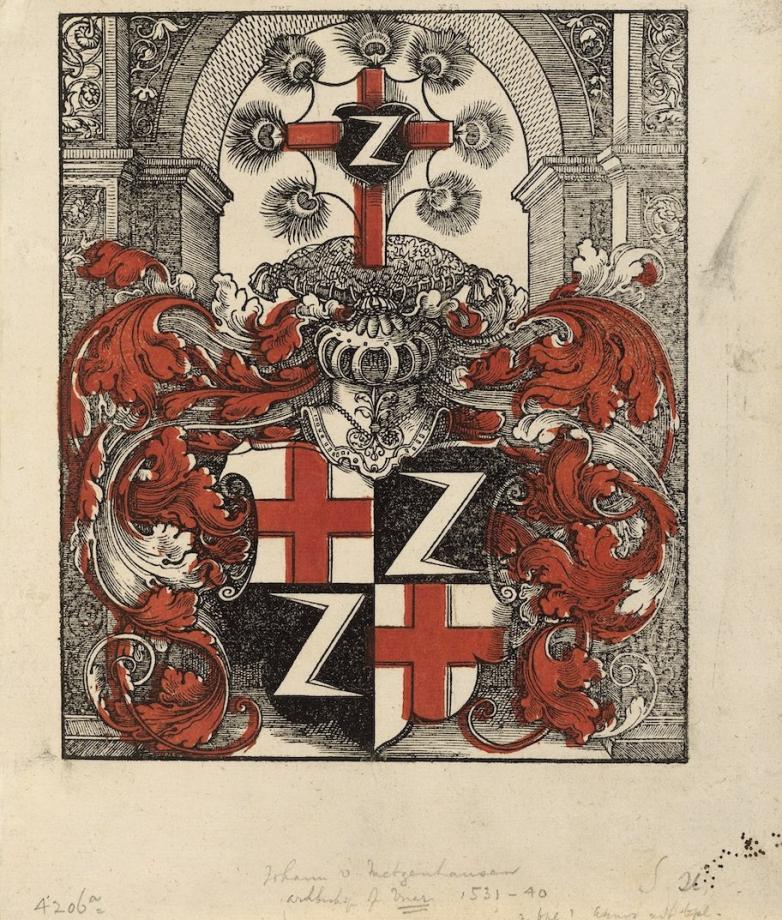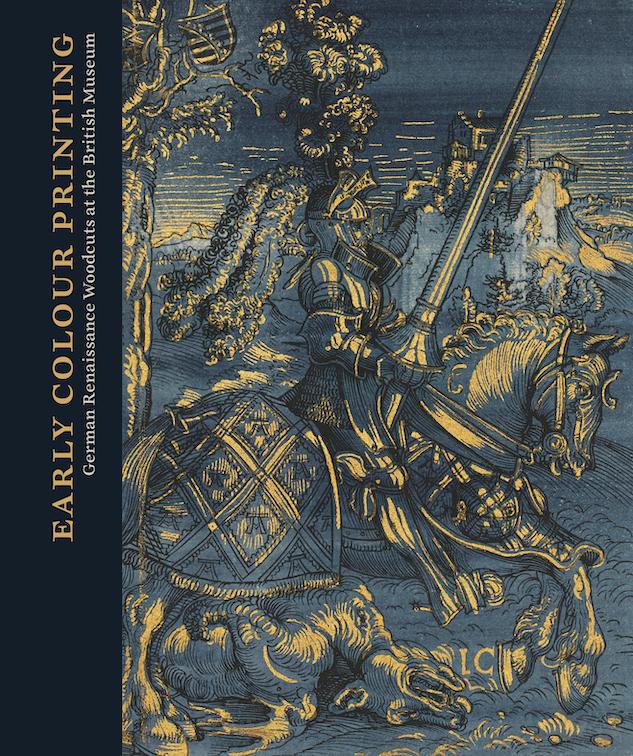“The history of prints is usually in black and white, but early prints were vibrant,” said Dr. Savage, who curated an exhibition for the museum on the subject in 2015. “Late medieval and early modern German printers pushed the technology of the printing press to its limits in their quest to print color. They, not the artists, controlled the artistic effect.”
The book has more than 150 color illustrations, mainly life-size, using material from the British Museum’s unique collection, including examples which have never been reproduced or seen before in public. Among them is work by Anton Woensam, Lucas Cranach, Erhard Ratdolt, Erasmus Loy and his daughter Anna. It is as much about book history and bibliography as it is about art history, so offers a new context for understanding color-printed book illustrations and title pages in readers’ collections.


















